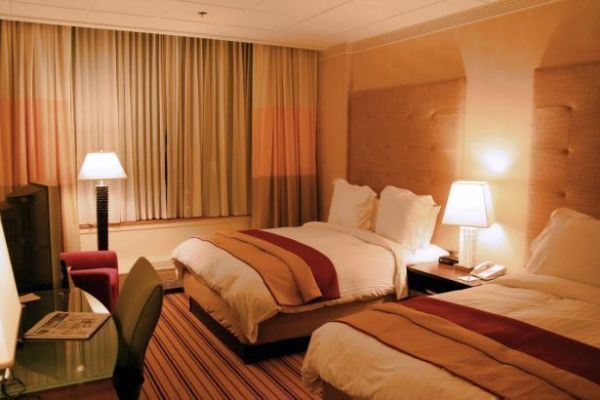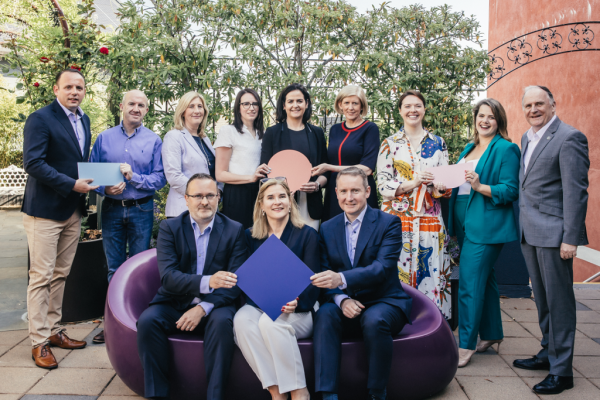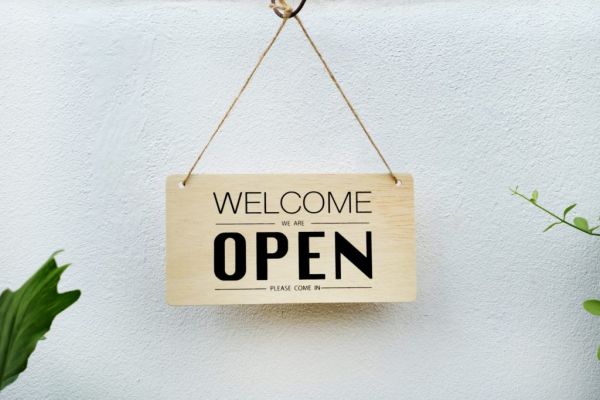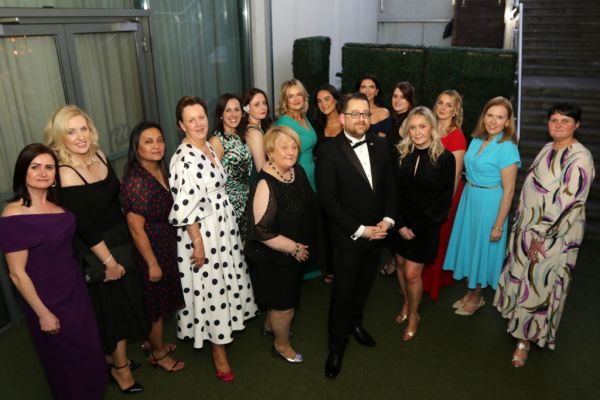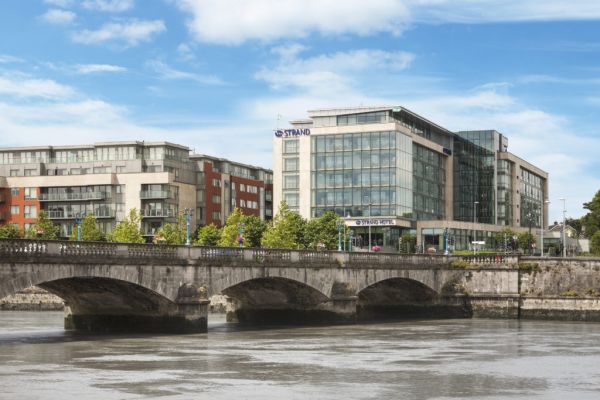According to the Irish Hotels Federation (IHF), Irish hotels and guesthouses that participated in its latest hotel industry survey reported average occupancy levels of 31% for July and 27% for August, which the IHF said are the key summer months.
Survey Details
306 properties across Ireland with a combined 28,900 guest rooms took part in the survey, which was conducted between May 11 and May 13.
Comparison To Previous Survey Figures
Irish and hotels and guesthouses that took part in an IHF hotel industry survey that was conducted in April reported average occupancy levels of 23% for July and 21% for August.
The IHF has attributed the reported rise in national occupancy levels to the recent announcement that hotels will be permitted to reopen from June 2.
Average June Occupancy Level
Additionally, the hotels and guesthouses that took part in the IHF's latest hotel industry survey reported an average occupancy level of 25% for the 29 day period in June during which accommodation venues will be able to operate.
Occupancy Levels In Dublin, Other Cities And The Rest Of The Country
The Dublin city and county venues that took part in the IHF's latest hotel industry survey reported occupancy levels of 10% for June, 11% for July and 11% for August.
The venues located in the country's other cities that took part in the survey reported occupancy levels of 21% for June, 27% for July and 21% for August.
The venues located in the country's border region, which consists of counties Cavan, Donegal, Leitrim, Monaghan and Sligo, that took part in the survey reported occupancy levels of 26% for June, 40% for July and 37% for August.
The venues located in the country's mid-west region, which consists of counties Clare, Limerick and Tipperary, that took part in the survey reported occupancy levels of 26% for June, 32% for July and 25% for August.
The venues located in the country's midlands/mid-east region, which consists of counties Kildare, Laois, Longford, Louth, Meath, Offaly, Westmeath and Wicklow, that took part in the survey reported occupancy levels of 30% for June, 31% for July and 28% for August.
The venues located in the country's south-east region, which consists of counties Carlow, Kilkenny, Waterford and Wexford, that took part in the survey reported occupancy levels of 50% for June, 57% for July and 45% for August.
The venues located in the country's south-west region, which consists of counties Cork and Kerry, that took part in the survey reported occupancy levels of 33% for June, 44% for July and 39% for August.
The venues located in the country's west region, which consists of counties Galway, Mayo and Roscommon, that took part in the survey reported occupancy levels of 34% for June, 45% for July and 32% for August.
IHF President Statements
IHF president Elaina Fitzgerald Kane stated, "The increase in bookings in the past fortnight has been a welcome morale boost to our members and the thousands of people employed in Irish hotels. The domestic market was a real positive last year and we expect home holidays to be very important for the sector again this year. Not surprisingly, as indicated by our latest survey, we would expect to see stronger demand in popular tourism destinations and hotels offering packages and facilities for families."
Fitzgerald Kane also called for a firm commitment from the government on business and employment supports for the sector into 2022. She stated, "The summer months are very important and the uplift we are seeing in booking levels is a clear indicator that the recovery of Irish tourism is underway. However, overall, a slow recovery is still expected in 2021. Our industry has been disproportionately impacted by the pandemic, and with some level of restrictions likely for some time to come, tourism recovery is not going to begin in earnest until 2022.
"The hotel and guesthouse sector is a vital part of tourism infrastructure. More than 65,000 people across Ireland were employed in the sector before COVID-19 restrictions. Hotels are focussed on restoring these livelihoods as quickly as possible. While employment and business supports to date have been very welcome, it is essential that the government provides greater clarity and certainty now around supports into 2022 and beyond so businesses can plan properly.
"Specifically, we are seeking for the EWSS [Employment Wage Subsidy Scheme] to remain in place until the end of March 2022, [and] an extension of the local authority rates waiver until the end of March 2022, similar to what has been put in place in Scotland. We also ask that the COVID Restrictions Supports Scheme (CRSS), targeting businesses with a 75% drop in revenue, be doubled irrespective of the level of COVID restrictions and the €5,000 weekly cap to be removed, along with the doubling of reopening grants to reflect the scale of reopening costs after months of prolonged closure."
Fitzgerald Kane added that hotels also require a clear commitment from the government to retain the tourism VAT rate, and said, "The 9% VAT is a critical measure for international competitiveness and must be in place until 2025 to assist recovery and secure a viable and sustainable future for the industry."
© 2021 Hospitality Ireland – your source for the latest industry news. Article by Dave Simpson. Click subscribe to sign up for the Hospitality Ireland print edition.
